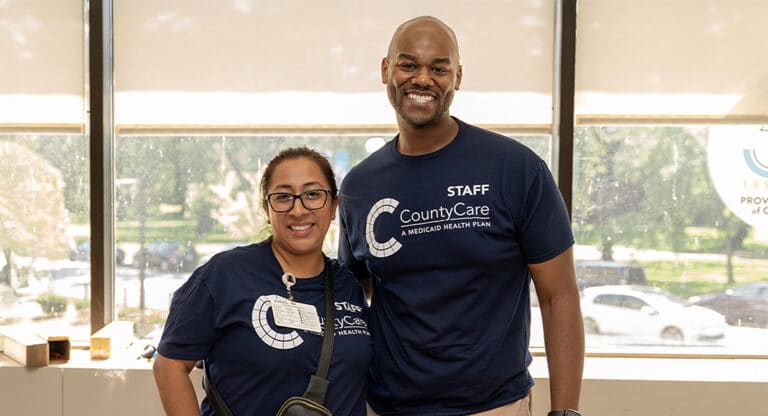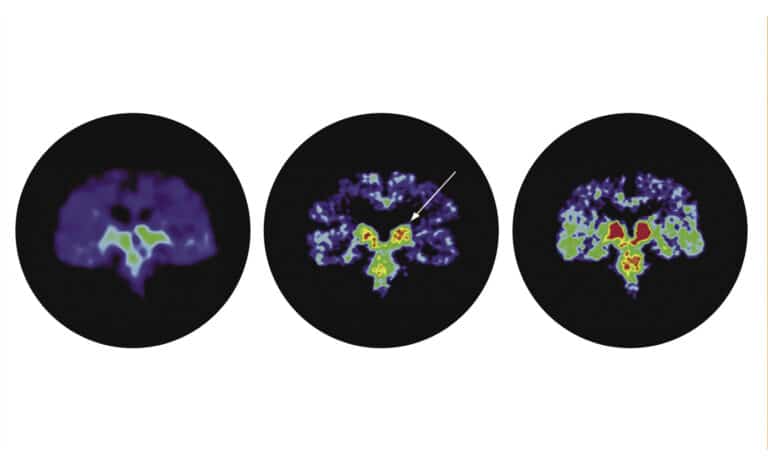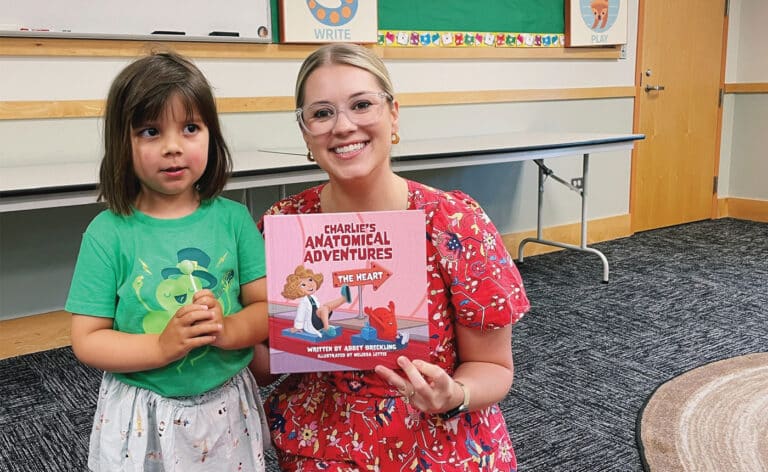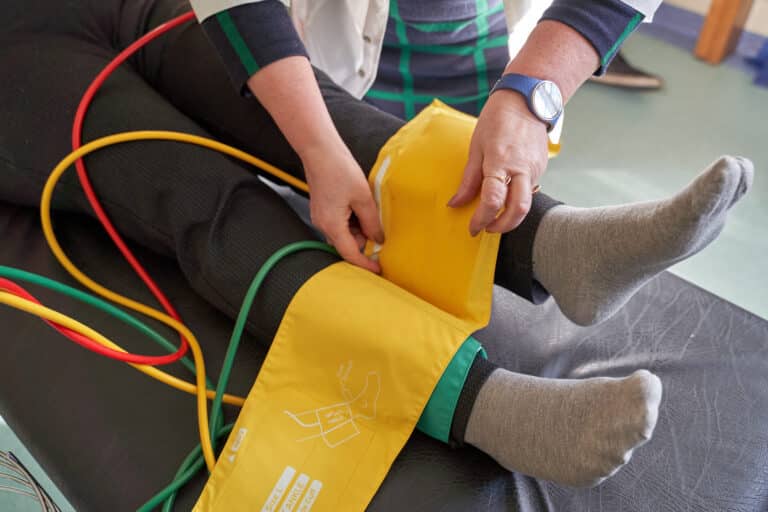How science is changing cancer detection, treatment, and prevention
Fact checked by Derick Wilder
A quiet revolution is underway in cancer care. From blood tests that detect disease before symptoms appear, to vaccines tailored to an individual’s tumor, to artificial intelligence (AI) spotting what the human eye might miss, science is moving fast — reshaping how doctors screen, treat, and, in some cases, cure patients.
AI now touches nearly every corner of cancer care. During colonoscopies, it highlights suspicious polyps in real-time.
In mammograms and CT lung scans, it helps radiologists pinpoint concerning areas. Behind the scenes, it speeds up drug development. “AI tools aren’t replacing humans yet, but they help physicians find what might otherwise be missed,” says Walter Stadler, MD, chief clinical officer at City of Hope Cancer Center Chicago.
Additionally, AI helps manage the complexity of care. Stadler points to tools that compile a patient’s history from multiple treatment sites, summarize thousands of pages of records, and match people to the most appropriate clinical trials. “We have over 300 trials,” he says. “AI can help us select the right one for each patient.”
Detection: At home and personalized
“We’re going to see growing interest in early detection,” says William Dahut, MD, chief scientific officer at the American Cancer Society. Researchers are studying multi-cancer, early-detection blood tests that could identify cancers long before symptoms appear. These tests may eventually apply to cancers without standard screening, such as pancreatic, gallbladder, and bone cancers. People would still need mammograms and colonoscopies, but blood tests could help detect cancers often overlooked until later stages.
Stadler urges caution. “Some of these tests may detect diseases that will never affect the patient in their lifetime. Treatment in those cases could cause harm without benefit,” he says. Doctors must confirm positive results with imaging — CT or PET scans — before starting therapy. “That’s how the tests are designed to work,” Stadler says, referencing lessons from prostate cancer screening, where low-grade tumors are often overtreated, and the stress of a cancer diagnosis takes a toll.
Simpler, less invasive tools are also moving into homes. The public can access at-home HPV tests, with PSA tests for prostate cancer and blood tests for colorectal cancer in development.
“I think we’ll see more things being done at home,” Dahut says. Advances in technology that detect tiny traces of DNA and other cellular markers are driving this shift.
Screening is becoming more personalized as well. Dahut envisions schedules shaped by age, family history, genetics, lifestyle, and polygenic risk scores — calculations based on slight variations in many genes that influence cancer risk. “Most cancers are probably more susceptible to the polygenic risk score than the rare variants,” he says.
Despite these advances, both Dahut and Stadler stress the importance of using what is already known. Screening guidelines exist for breast, colorectal, and lung cancers, yet far fewer patients follow them than recommended. Genetic testing for those with familial risk is also underutilized.
“If we could get every patient who meets the established recommendations screened appropriately, we’d make a huge impact before even adding new technologies,” Stadler says.
Treatment: Targeted and curative
Treatment advances now enable doctors to target specific cancer subtypes more effectively. “We’re subdividing cancers into multiple distinct diseases, each with specific treatments,” Stadler says. “Personalized therapy means the right drug for the right patient at the right time.” This approach requires physicians to stay current and collaborate through national networks of expertise.
Immune-based drugs called checkpoint inhibitors have eliminated tumors in some rectal cancers, sparing patients from surgery or radiation. Stadler also points to cellular- and antibody-based therapies, including CAR-T treatments and antibody-drug conjugates, which are increasingly effective in treating metastatic cancers. “It’s taken decades of work to develop these therapies, but now they can deliver drugs or radiation directly to cancer cells while sparing healthy tissue,” he says.
Even when a cure isn’t possible, cancer is increasingly managed as a chronic condition. “For diseases like prostate cancer or EGFR-mutated lung cancer, we can manage patients for years or even decades with targeted therapies,” Stadler says. “We’re not necessarily curing patients, but we’re allowing them to live normal or near-normal lives without significant disruption.”
Prevention: Vaccines and more
Vaccines to prevent cancer recurrence are emerging. Early trials in pancreatic, melanoma, and head and neck cancers combine vaccines with checkpoint inhibitors to reduce recurrence.
According to Stadler, these vaccines are currently for people who have already had surgery or primary therapy, but preventative vaccines may eventually expand their role. “It’s something we could envision in the future,” he says, “but we first need to demonstrate effectiveness in preventing recurrence.”
Cancer-preventing vaccines already exist. The HPV vaccine protects against the human papillomavirus, which can lead to cervical, anal, throat, and other cancers. The hepatitis B vaccine helps prevent chronic infection that can cause liver cancer. Unlike recurrence-focused vaccines, people do not need to have had cancer or undergone treatment to benefit from them.
Researchers also are working toward vaccines for other viruses associated with cancer, such as hepatitis C and the Epstein-Barr virus, although these remain in development.
Not all breakthroughs are high-tech. Many ovarian cancers start in the fallopian tubes, and removing the tubes — rather than simply tying them — during a tubal ligation can reduce ovarian cancer risk by about 80%, with “very little long-term difference compared to having your tubes tied,” Dahut says. This option only applies to those who have completed their families or do not plan to have children.
Cancer research: Looking ahead
Access and equity remain pressing challenges. Stadler stresses the importance of bringing these advances to underserved populations. “If a patient can travel to a center of excellence, they benefit. Elsewhere, patients may still be treated the same way we did 25 years ago,” he says.
Initiatives at some hospital systems, including City of Hope, extend services to rural and urban underserved communities through telemedicine, testing in one location, and digital coordination. Dahut adds that home-based testing and blood-based screening could further expand access.
For both Dahut and Stadler, the trajectory is clear: Cancer care is becoming more precise, proactive, and patient-centered.
“We have a lot to be hopeful about,” Dahut says. “We just have to keep encouraging young scientists and get those ideas translated quickly into the clinic.”
Stadler echoes this optimism: “Cancer is oftentimes very treatable, sometimes curable. If you’ve witnessed the changes over the last 30 years, you can’t help but be optimistic.”
Those changes, however, came from decades of significant federal investment in scientific research through the National Institutes of Health (NIH) and the National Cancer Institute (NCI) — beginning with former President Richard Nixon’s war on cancer in the 1970s, which led to the NCI’s current form.
This year, the Trump administration announced deep cuts to scientific research, including cancer research. Projections based on the 2026 NIH budget proposal estimate a $47 billion economic loss and 202,000 job cuts nationwide. In Illinois, the impact could reach $1.6 billion in economic losses and 6,700 job cuts. Many cancer researchers have voiced growing concern about what the cuts mean for the future of U.S. cancer research.
Originally published in the Fall 2025/Winter 2026 print issue.
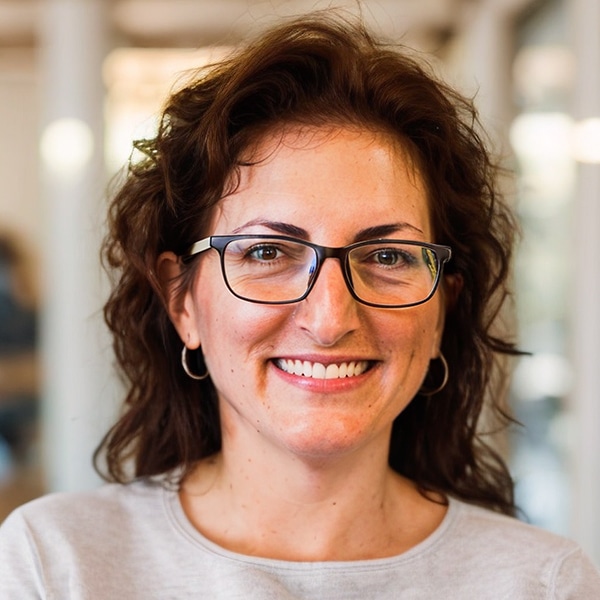
Catherine Gianaro, a freelance writer and editor based in Chicago, has written about healthcare and higher education for more than three decades. With 90-plus awards in communications, she is well-versed in storytelling.


